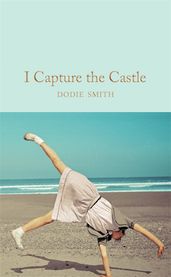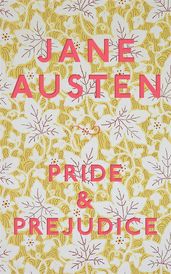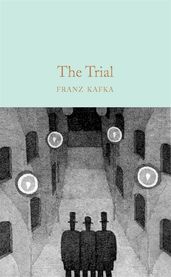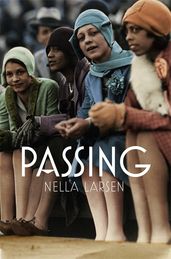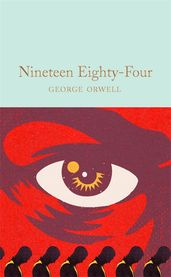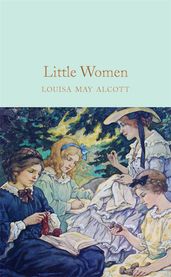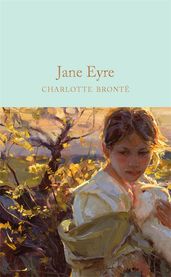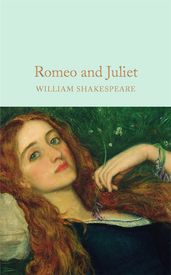Classic books all teenagers and young adults should read
Old books for young people.

The term 'classic' can bring with it a certain amount of baggage, for readers of any age. But really, classic books are just books that are so good people keep on reading them, decades and even centuries after they were first published. And, like modern novels, some are more suited or likely to appeal to younger readers than others. Here, Elena Richards and Daisy Dickeson from the team behind Macmillan Collector's Library recommend classic books for teens and young adults.
I Capture the Castle
by Dodie Smith
Cassandra Mortmain aspires to be a writer, and takes inspiration from everything she sees around her. While her father suffers with writer's block, unable to force creativity, Cassandra writes a journal, preserving the memory of her unconventional family as they live their lives in genteel poverty while their home, a beautiful castle, decays and crumbles around them. When the Cottons, the owners of the castle, arrive from America, the two families collide in ways they could never have imagined. This tangled family drama expertly captures the complexity of young forbidden love in conflict with loyalty and sisterhood – it is a riveting read which stays with you long after you turn the final page.
Anne of Green Gables
by L. M. Montgomery
Anne Shirley is a truly unforgettable character. This, the first book in which she appears, finds her aged eleven, a young orphan about to be sent to live on a farm run by unmarried siblings Marilla and Matthew. We follow her as she grows into her new home, finding friendships, making mischief, and meeting new neighbours in Avonlea. Anne is spirited and enthusiastic; she has a rich imagination and loves to daydream, but she faces challenges too, fitting in at school and competing with rival schoolmate Gilbert Blythe.
Pride and Prejudice
by Jane Austen
It is a truth universally acknowledged that Pride and Prejudice is the perfect starting point for reading Austen’s work. The novel explores how different women navigate Regency England’s rigid social rules. Mrs Bennet’s only concern is getting her daughters married off to wealthy bachelors. Her eldest, Jane, secures the affections of well-to-do Mr Bingley, while the spikier Elizabeth has several run-ins with his friend Mr Darcy. She takes an instant dislike to him, which worsens when he meddles in Jane’s engagement plans. As tension builds between them, Elizabeth sticks to her belief in marrying for love, but must let go of her prejudice against Darcy.
The Trial
by Franz Kafka
BookTok has been a real boon for introducing classic books to the next generation of readers, and right now Kafka is getting his moment. The appeal of this strange and often sinister work is that it can be read in many different ways; no two reading experiences will be the same. Josef K., a bank clerk, is unexpectedly arrested at home on the morning of his birthday. He is completely in the dark: no-one can say exactly why he has been detained or precisely what will happen next. Josef attempts to clear his name by locating the unofficial courtroom he’s been summoned to and requesting legal help. The Trial is a moving, baffling tale about faceless bureaucracy, where the fight between a beaten-down individual and a vast, impersonal judicial system is laid bare.
Passing
by Nella Larsen
A powerful exploration of inhabiting and moving between racialised identities. Irene, a Black woman living in Harlem and married to a doctor, is taken aback when she learns that her childhood friend Clare has married a racist white man. Clare, who is mixed-race, has been ‘passing’ for white and living in Europe. The two friends cautiously reconnect, but as they learn about each other’s lives, their dynamic becomes fraught with caution and conflict. Suffused with the atmosphere of New York in the 1920s, this novel cuts across deeper questions of perception, identity, desire, and jealousy.
Nineteen Eighty-Four
by George Orwell
George Orwell's portrayal of a destructive totalitarian dictatorship is clear-sighted and chilling, but also deeply human. Nineteen Eighty-Four is a testament to the absolute importance of correctly handling information and power. Under Big Brother’s regime, hate and confusion are embraced, mass surveillance is enforced and the notion of objective truth has vanished. Enter Winston, who secretly opposes the dystopian society he lives in. His job is to rewrite history, making versions that conform with the ruling party’s ideas. When Winston meets fellow nonconformist Julia, the two embark on a dangerous journey of love, discovery and fateful rebellion.
To Kill a Mockingbird
by Harper Lee
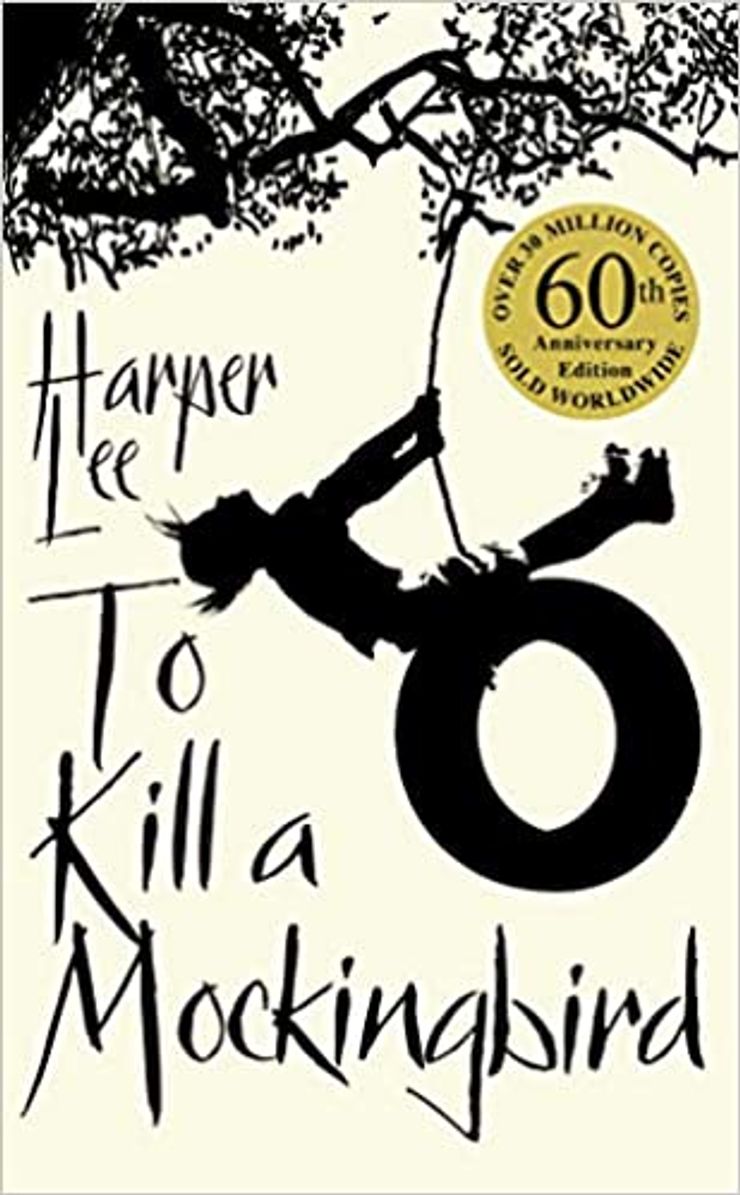
Harper Lee’s exposition of racial prejudice is set during America’s Great Depression years and recounted by a young narrator nicknamed Scout. Scout’s father Atticus is a lawyer in a small town, who is defending Tom Robinson, a Black man falsely accused of raping a white woman. Scout’s father, fully conscious of the need to fight for real equality in the American courts, teaches his children to be courageous against injustice and to resist using violence.
Little Women
by Louisa May Alcott
In Louisa May Alcott’s beloved novel, we watch the March sisters, Meg, Jo, Beth, and Amy, grow up and become women. From first love to first loss, we are with them every step of the way as they grow and learn. Each sister works hard to build a life for themselves, and though they go their separate ways, they are always fiercely loyal to each other and their family. A story of sisterhood, love, family and sacrifice, Little Women is a story that is often read at a young age, but will stay with readers as they themselves travel through life.
Jane Eyre
by Charlotte Brontë
Jane Eyre grows up in turmoil. Facing abuse, sickness, loss and upheaval at a young age, she seeks a better life by becoming a governess at the home of a certain Mr Rochester. She thrives in her new position, but dark secrets lurk in Thornfield Hall which threaten Jane’s newfound peace. An extraordinary story of love, self-discovery, learning and exploration of faith, Jane Eyre is one of the greatest romances of all time. Despite being written over 175 years ago, much can be learned from Jane’s story and how she navigates her way into womanhood.
Romeo and Juliet
by William Shakespeare
Romeo and Juliet is perhaps the most famous love story ever told, and has grown far beyond its roots on the Elizabethan stage. These star-crossed lovers have become a shorthand for doomed, forbidden romance, and appear in all corners of popular culture, from Taylor Swift lyrics to Broadway musicals. They are also, when it comes down to it, a pair of impulsive, lustful teenagers. It’s a brilliant story which explores family feuds, prejudice and first love, and no matter how well you know the ending, you always find yourself hoping for a different outcome for the two young lovers. One of Shakespeare’s most enduring and accessible plays, Romeo and Juliet is a favourite amongst readers and will continue to break the hearts of theatre fans everywhere – I challenge you to not shed a tear during the final act.
The Picture of Dorian Gray
by Oscar Wilde
If you’re looking for a great introduction to Gothic literature, look no further than Oscar Wilde’s late nineteenth-century masterpiece. Basil Hallward, a talented painter, becomes infatuated with the young and beautiful Dorian Gray. But when Basil’s friend, Lord Henry Wotton, encounters Dorian in his studio, everything changes. Tempting him with ideas of excess and indulgence, of a ‘new Hedonism’, Lord Henry leads Dorian down a path of corruption and destruction. Teeming with darkness, decay and supernatural undertones, The Picture of Dorian Gray is a riveting page-turner and a perfect entry-point to the classics.
The Catcher in the Rye
by J D Salinger
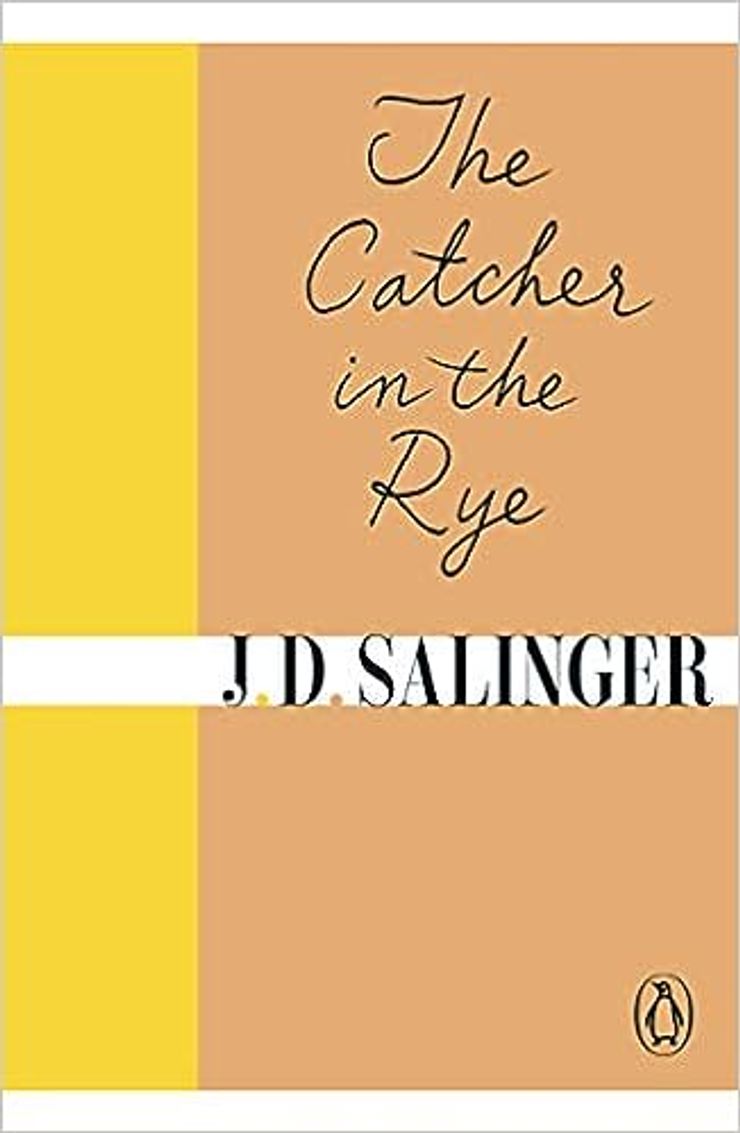
Holden Caulfield is angry. He has just been expelled from boarding school, and unwilling to go home to face his parents, is alone in the world. So begins his weekend of searching for meaning in life. Eager to find companionship, Holden enters the adult world of nightclubs and hotel lounges, but he still feels very much like a child. Salinger’s candid portrayal of teenage life made The Catcher in the Rye one of the most censored books in US schools and libraries. But, by exploring questions around society, sex and the loss of innocence, it is also known for being the classic that encapsulates all the adolescent angst that accompanies coming-of-age more than any other.
